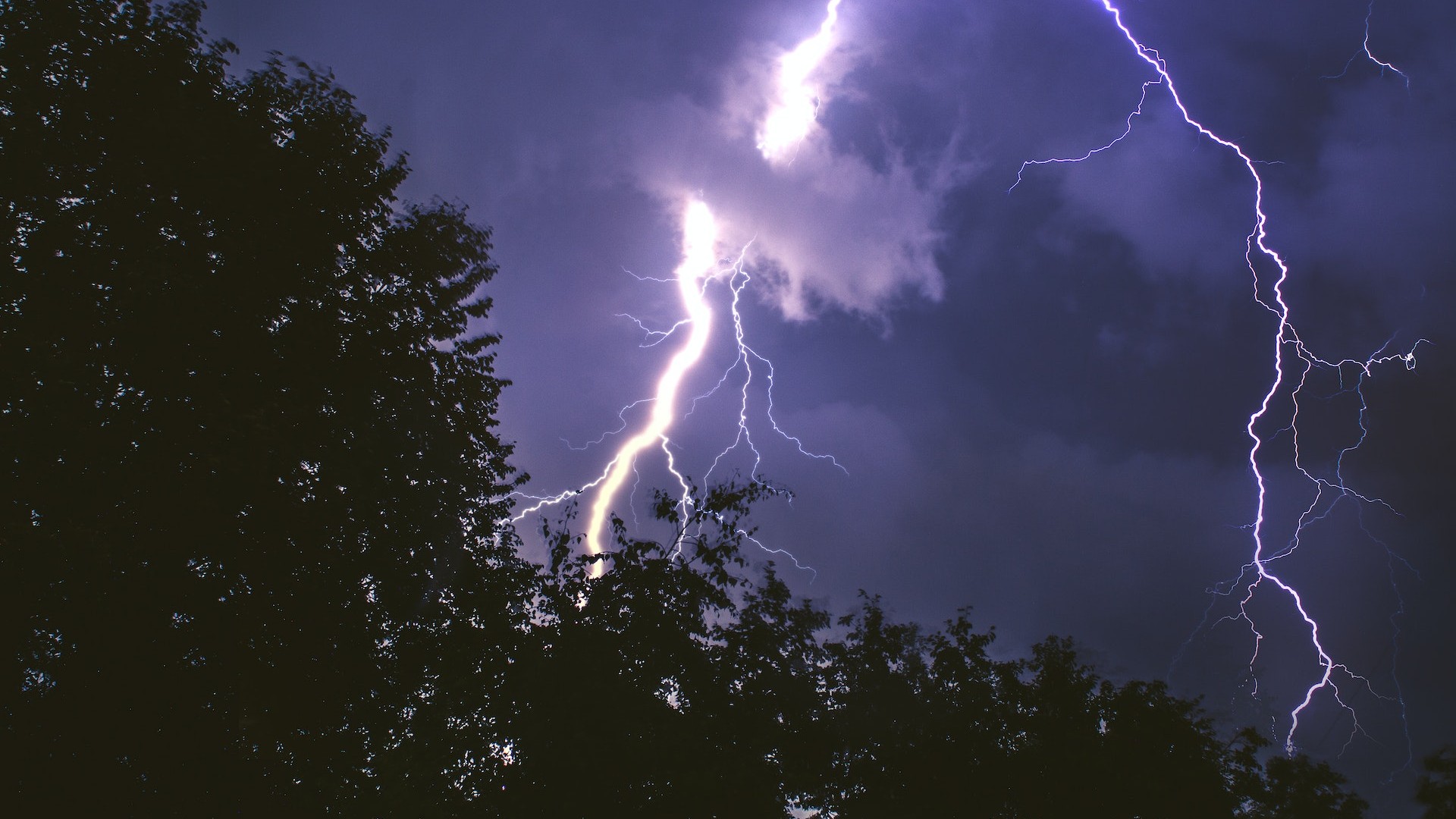Storms can occur without warning, like being announced without finally happening; and even be out of step with announcements. Why are forecasts so complicated?
After the high temperatures often come thunderstorms. The sequence is almost systematic, as again shown by the violent storms of mid-June 2023 (including the so-called supercell storms). But, it will not have escaped you that, sometimes, a storm is foreseen and never occurs; and conversely, you may have found yourself in the rain or the sounds of thunder at a time when the storm was not (yet) announced.
How to explain this unpredictability? In a post from August 16, 2022, Météo-France detailed how the complex atmospheric processes at work in thunderstorms make their prediction difficult.
Complex phenomena
As we explained to you in our paper dedicated to the formation of thunderstorms during the summer heat, this type of meteorological event requires the combination of a set of factors to form a cumulonimbus (from which the thunderstorm then arises):
- Heat on the ground so that the air rises (hence the preponderant occurrence of thunderstorms in summer),
- The instability of the winds,
- Moisture so that the air condenses into droplets,
- Air temperature at altitude.
But, as Météo-France adds, there are also very localized ingredients: the formation of a storm ” depends a lot on the very variable local conditions of temperature and humidity of the soil, influenced by the nature of the soil, the type of vegetation, but also the configuration of the relief “. However, numerical models have greatly increased prediction capabilities.
Except that, even when we know that the conditions are right for thunderstorms, they can be very difficult to follow, both in terms of their duration and their geographical movement. ” A thunderstorm can move very quickly or stay in the same place, which makes it difficult to predict the location of this phenomenon “, specifies Météo-France.
Moreover, as a very localized phenomenon, the storm can sometimes… graze us. If we find ourselves on the edge of the cumulonimbus, we hear the thunder, we see the lightning, but the rain does not fall on us, because the storm is not directly above us. This is how a storm can be predicted over a large area, but ultimately concern only a more restricted portion or trajectory.
Moreover, the vigilance levels (yellow, orange, red, etc.) are used for this: to announce a level of risk, rather than an exact forecast in a given location.
What should I know about the risks associated with thunderstorms?
Thunderstorms are complex and potentially dangerous phenomena. The uncertainties about their progress imply a certain number of precautions when they occur or even when the level of alert is high:
- Avoid the use of electronic devices on the mains (television, computer, game console, washing machine, etc.) and unplug them; similarly, do not use a landline (no problem with cell phones, however),
- Do not touch or approach metal structures,
- Avoid showering, bathing, or washing dishes due to potentially conductive pipes,
- If you are outside, take shelter (but not under a tree or under an umbrella).
These are just a few examples. The complete recommendations to avoid any accident due to lightning are on the site of the fire brigade.

Subscribe to Numerama on Google News to not miss any news!
